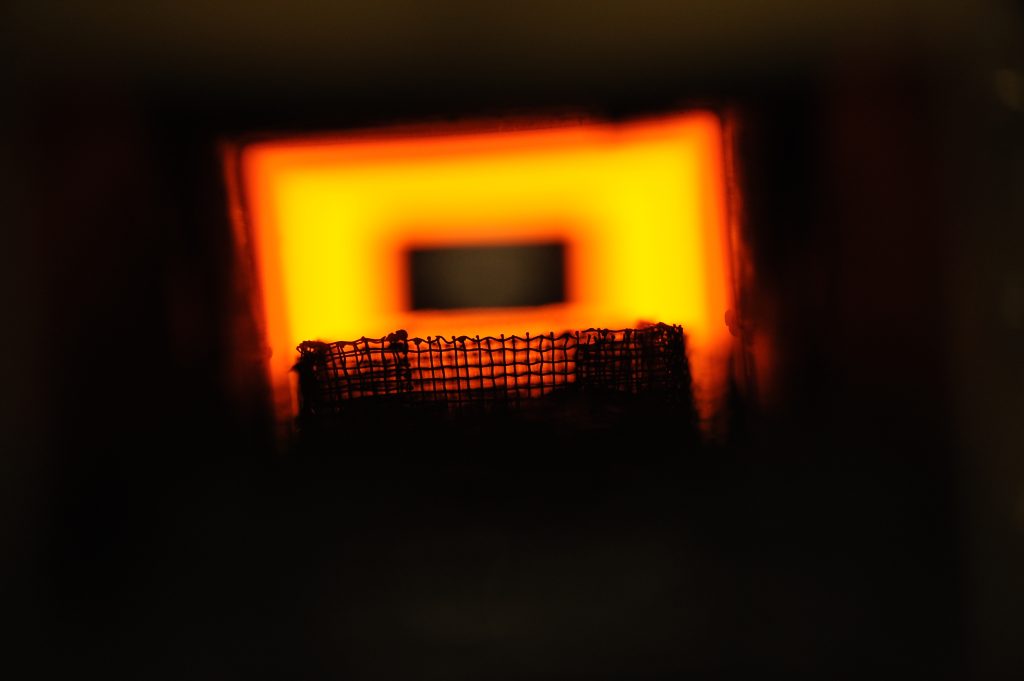How many times have you read or heard that a part has been “heat treated?”
Whether you’re talking about pushrods, valvetrain components, chassis parts, or even lug nuts, heat treating is often served up as an important selling point on certain products. But is it really that important?

According to the chassis experts at Hellwig… yes! To prove the point, the Hellwig folks shared some valuable information about heat treating and why it’s essential to the quality and integrity of Hellwig sway bars.
What is Heat Treating?
Heat treating is a process used to change the crystalline structure of steel to improve its strength, toughness, and hardness. By using a controlled process, Hellwig says heat treating can double the tensile strength of alloy steel while still maintaining its toughness and ductility.
Why is It Important to Heat Treat?
Increasing the tensile strength of steel improves its resistance to fatigue and increases its durability in highly stressed applications. That’s why valvetrain components are often heat treated to handle mid- and upper-rpm operation—and why Hellwig has its sway bars heat treated.
Because Hellwig sway bars are also used in demanding military and off-road applications, including the U.S. Border Patrol on desert patrol, they need to be tough enough to withstand heavy-duty use and harsh environments. Without heat treating, Hellwig officials believe certain sway bars would fail in a matter of weeks under the intense conditions. However, they’re quick to point out that increasing tensile strength must be done in a manner that also maintains the ductility of the material.
To build strength without making the steel too brittle, Hellwig uses a four-step process.
- Coining: This method for forming the ends of the sway bars maintains the integrity of the sway bar. Hellwig uses this process because welding can compromise the strength of the material.
- Forming: The sway bars are heated to 1,600 degrees and formed on tooling to the desired shape.
- Quenching: After the bar is formed to shape, the bar is moved to the quench tank while it’s red hot. By quenching the sway bar in specially formulated quench oil, this step of the process improves the crystalline structure of the steel, helping to increase its strength. During this few-second process, the sway bar is rapidly cooled from 1,600 degrees to 150 degrees.
- Tempering: After the sway bars have been quenched, they are moved to the tempering furnace, where they are heated back up to 1,000 degrees. This step improves the toughness and ductility of the bar without sacrficing its tensile strength. Following the tempering process, Hellwig sway bars are checked for the correct dimensions and then powdercoated.
Hellwig uses 4140 chromoly steel for its sway bars. Prior to heat treating, the chromoly material has a tensile strength of approximately 95,000 psi. Once heat treated, the average tensile strength is raised to 180,000 psi, according to Hellwig officials.
That’s why heat treating has become such a valuable part of the production process for many aftermarket manufacturers like Hellwig.

[…] For more information on Hellwig’s heat-treating process for sway bar manufacturing, check out: Sway Bar Tech: Heat Treating and Why It’s Important. […]